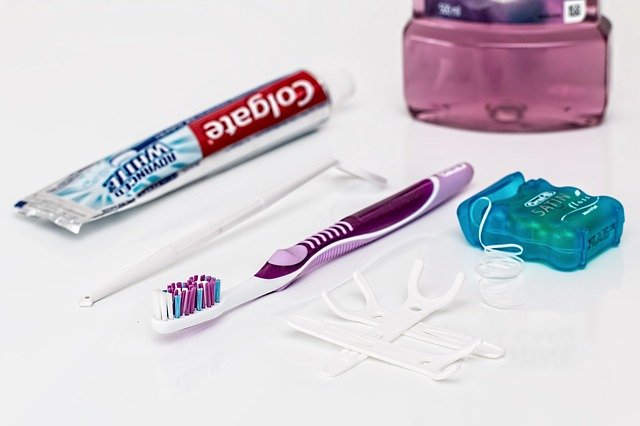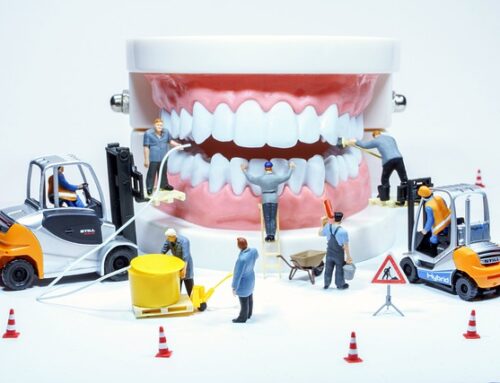Plaque and tartar go hand in hand. Plaque, if left untreated, will turn into tartar. Knowing the difference between the two can help to keep your teeth and gums healthy, clean and free of disease.
How to spot plaque
Plaque is a soft, clear or yellow buildup of bacteria that can be removed from the teeth by brushing and flossing. Plaque can live on teeth, gums, the tongue, and mouth. This buildup of bacteria can sometimes gather together to form what is called a biofilm. This biofilm will protect the harmful bacteria, making it stronger over time, and harder to get rid of.
Plaque often causes bad breath, as the bacteria is lingering with nowhere to go. You will notice a fuzzy or slimy feeling on your teeth, and your gums will often bleed or become painful when flossing. If plaque is left untreated, it will calcify and turn into tartar. This hardened version of plaque is much more difficult to treat on your own.
What does tartar look like?
Tartar often stains the teeth, creating dark spots or rough patches. These stains are hard and unable to be removed with a simple floss and brush. Tartar will grow and continue to trap more plaque, creating more problems for your mouth. Tartar is removed by a dental professional.
If the buildup is extreme, a scaling or root planing procedure may be recommended. This will allow the dental professional to get to the root of the problem, into the gumline, and prevent additional buildup of plaque and tartar.
How to prevent plaque and tartar buildup
With most oral diseases, regular brushing and flossing goes a long way. Keeping your teeth clean and healthy is the first step to plaque and tartar prevention. Schedule routine dental visits, especially if you are noticing any buildup that you cannot remove on your own.
If left untreated, plaque and tartar can cause cavities, gingivitis, and other dental conditions. Stay on top of your oral hygiene because your mouth and your dentist will thank you!







